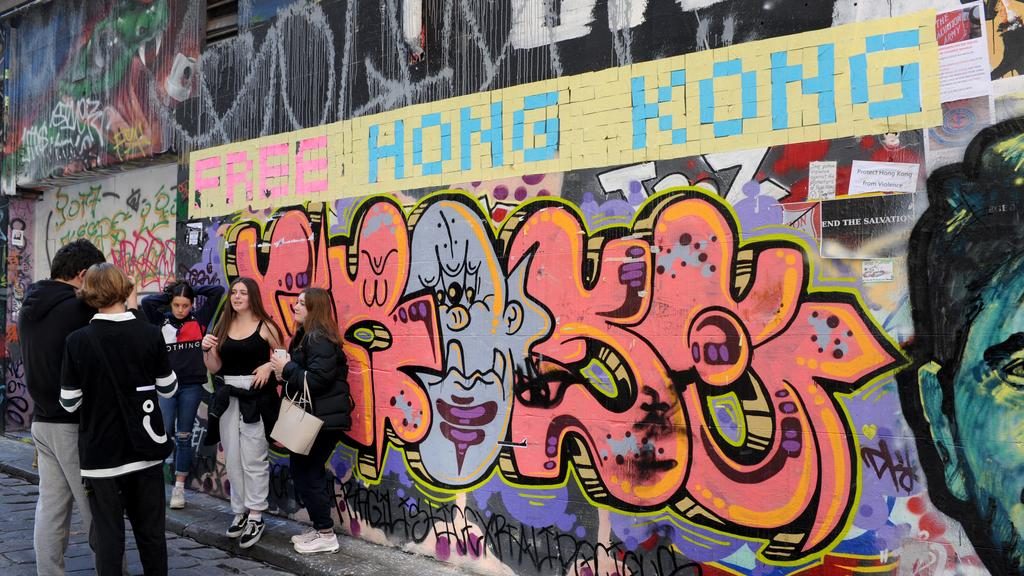‘Mini Melbournes’ among top five trends for 2020s

‘Mini Melbournes’ in outer suburbs, more climate-friendly development, and residential blocks above shopping centres have been forecast for 2020 and beyond.
Mike Day, co-founder and director of RobertsDay, the urban planning and design consultancy behind Burwood Brickworks, Kinley in Lilydale and other city developments, has shared the trends he expects we’ll see across Australia’s capitals through the next decade.
Mr Day, who is on several planning and design committees and is a fellow of the Planning Institute of Australia, says this year will set a precedent for the 2020s.

Mike Day from RobertsDay, the firm behind urban planning in places like Williams Landing and Jubilee in Melbourne’s west.
“As our population grows, and innovative new technologies and ideas emerge, future generations will look back at the 2020s and point to it as a decade that reshaped our cities – especially our outer suburbs – more than any other decade in the last century,” he says.
Day’s top five trends for 2020 and beyond are below.
1. ‘Mini Melbournes’ will emerge in our outer suburbs
Cherished inner neighbourhoods in Sydney, Melbourne and Brisbane are in demand not just because of their location. Their layout of small parks, little main streets, terraces, shop-top housing, laneways and public transport at their doorstep are highly attractive to residents. Designers and developers of fast-growing new communities in outer suburbs will use inner-city templates to create equally attractive new communities, which will ‘urbanise the burbs’.

Box Hill is often dubbed Melbourne’s ‘second CBD’.
2. The growth of ‘mixed-use’ developments and the emergence of ‘overlapping use’ buildings
More mixed-used developments will emerge to create self-sufficient communities framed around walkability. Good recent examples are Kinley, Williams Landing and Burwood Brickworks in Melbourne and Fairwater in Sydney. In addition, State Government planning systems are already beginning to change and promote ‘overlapping use’: the creation of residential properties on top of retail and commercial sites, and vice versa. The most common examples will be residential apartments constructed on top of shopping centres. Mike says this will also help to reinvent shopping centres.

Outer Melbourne suburbs now offer much of what the inner city does. Picture: Josie Hayden
3. Climate, environment and health will direct planning decisions
Australia is one of the 193 countries that adopted the 17 Sustainable Development Goals by the United Nations General Assembly for 2030. The public is beginning to expect organisations to have a stronger purpose by responding to climate change. Air quality, water quality, waste management, green spaces, public spaces, public health and more will impact developer and urban planning decisions. The most enlightened urban developers are focused on ‘planet, people, purpose and profit’.

Climate awareness will impact development more and more. Picture: Andrew Henshaw
4. Lower rates of private vehicle ownership
We will see a shift away from car-centric communities as more Australians in their teens and 20s will defer, or opt out of, getting a driver’s licence if they reside in a compact, connected, mixed use, walkable neighbourhood. The loss of interest in personal vehicle ownership will be largely due to the cost of owning and maintaining cars and traffic congestion. ‘Affordable living’ is now the catchcry, rather than ‘affordable housing’, as the cost of transport in the growth areas of our capital cities now often exceeds the cost of housing.

Many people are existing with Uber and public transport. Picture: Andrew Henshaw
5. Growth in sustainable and affordable mobility on demand in our suburbs
The slowing interest in car ownership is also due to growing and widespread on-demand technology-supported transport options such as Uber and electric bikes and scooters, and affordable public transport initiatives such as trackless trams. Trackless trams cost taxpayers just one tenth of the outlay required for traditional trams – enabling governments to afford to place them in outer suburbs, not just inner cities. This will help support growth in more compact housing.

Trackless trams could be seen in Australian cities in the next decade. Picture: Andrew Henshaw
This article from The Herald Sun originally appeared as “‘Mini Melbournes’ forecast for outer suburbs in 2020s”.







